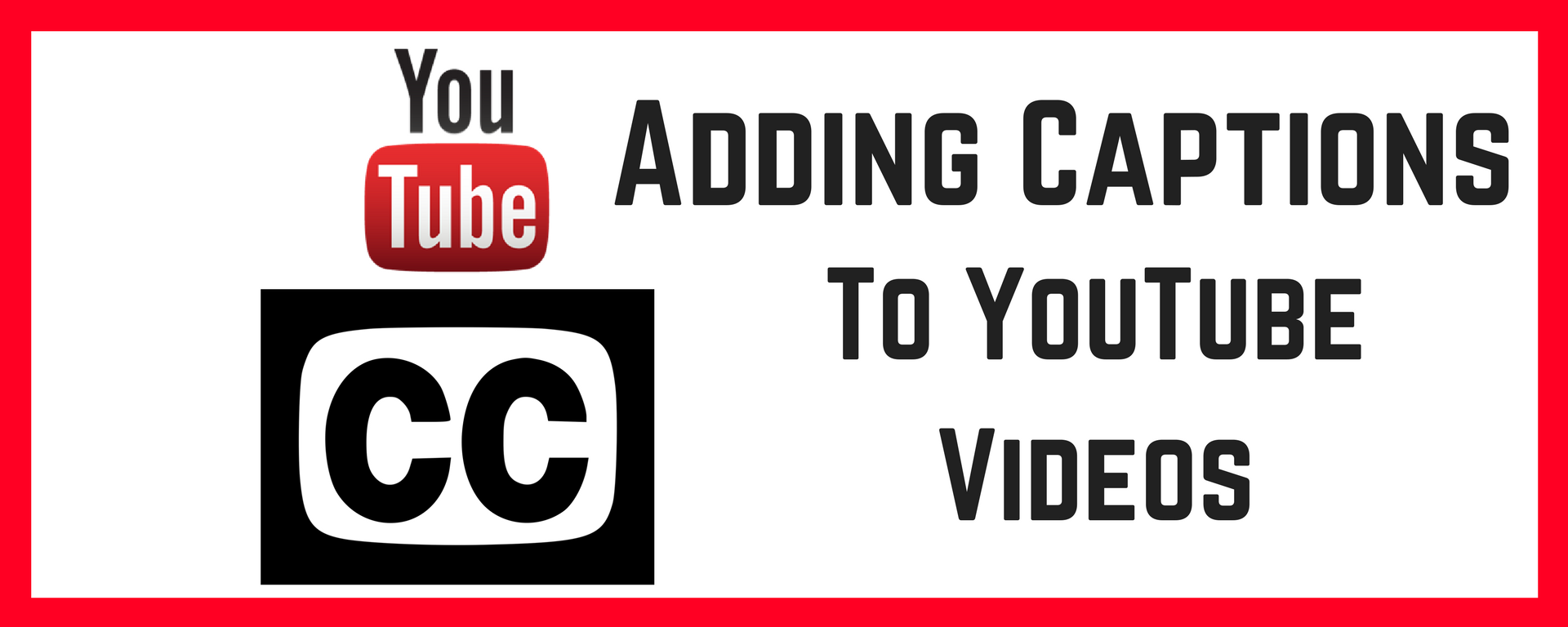
For example, his patent read: “Enabling users to create, to edit and/or to rate online video captions over the web.” The Google employee and blogger who first announced closed captioning on Google Video, Ken Harrenstien, was one of the most persistent champions and innovative developers of Google’s closed captioning innovations. Google acquired YouTube in October 2006, but it took YouTube until Jto support video annotations, which people hacked for captions and subtitles. In fact, Google Video announced closed captioning back in September 2006.

Google was an early innovator and historically strong advocate for closed captioning. The decision has been an emotional one for a lot of people in the deaf and hard-of-hearing community.Ĭontent creators now have three remaining options for captioning their videos: create their own captions, turn on automatic captions (which are notoriously low-quality), or use third-party tools and services. YouTube said that they are discontinuing the feature because it “was rarely used and had problems with spam/abuse.”

This feature allowed viewers to add closed captions, subtitles and descriptions to videos. On September 28, 2020, YouTube ended its community contributions across all channels.

Why We Shouldn’t Give Up on Closed Captioning for YouTube


 0 kommentar(er)
0 kommentar(er)
